Your product is amazing, but it's getting lost in a sea of competitors on store shelves. You need to stand out, but generic fixtures make you look just like everyone else.
A custom display is built specifically for your product and brand. It creates a unique shopping experience that captures attention, tells your story, and boosts sales far more effectively than a one-size-fits-all stock fixture. It’s an investment in making your brand unforgettable.
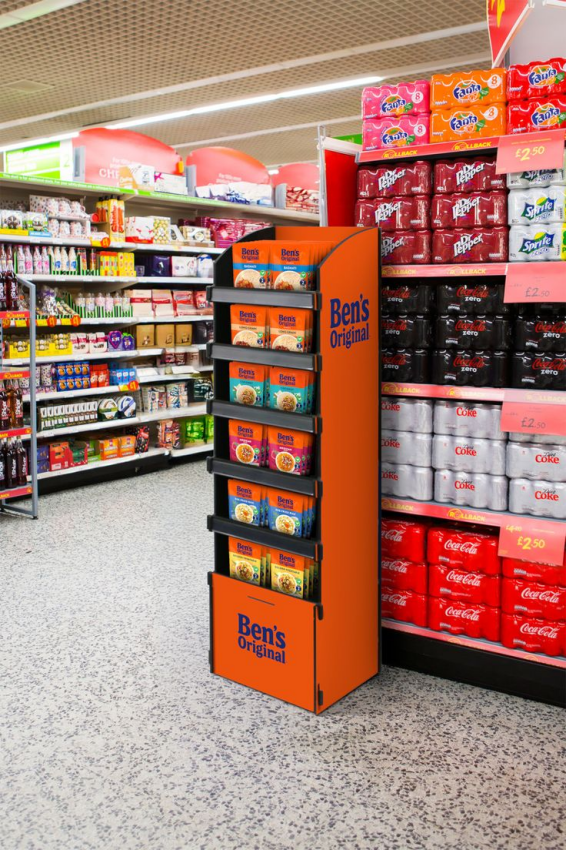
Choosing between a custom-designed display and a standard stock fixture is a critical decision for any brand. It’s about more than just holding products; it’s about creating an experience. In my 16 years in this industry, I’ve seen firsthand how a bespoke display1 can completely change a product's trajectory in a retail environment2. It’s the difference between blending in and being the main attraction. Let's explore why this choice is so important and how it impacts your success.
Why is product display important in a retail store?
Your product struggles to get noticed on a crowded shelf. Shoppers walk right by, unaware of the value you offer, leading to missed sales and slow brand growth.
A great product display is your silent salesperson3. It grabs a customer's attention, communicates your brand's message, and makes it easy for them to choose your product over a competitor's. It directly influences the customer's buying decision right at the point of sale.
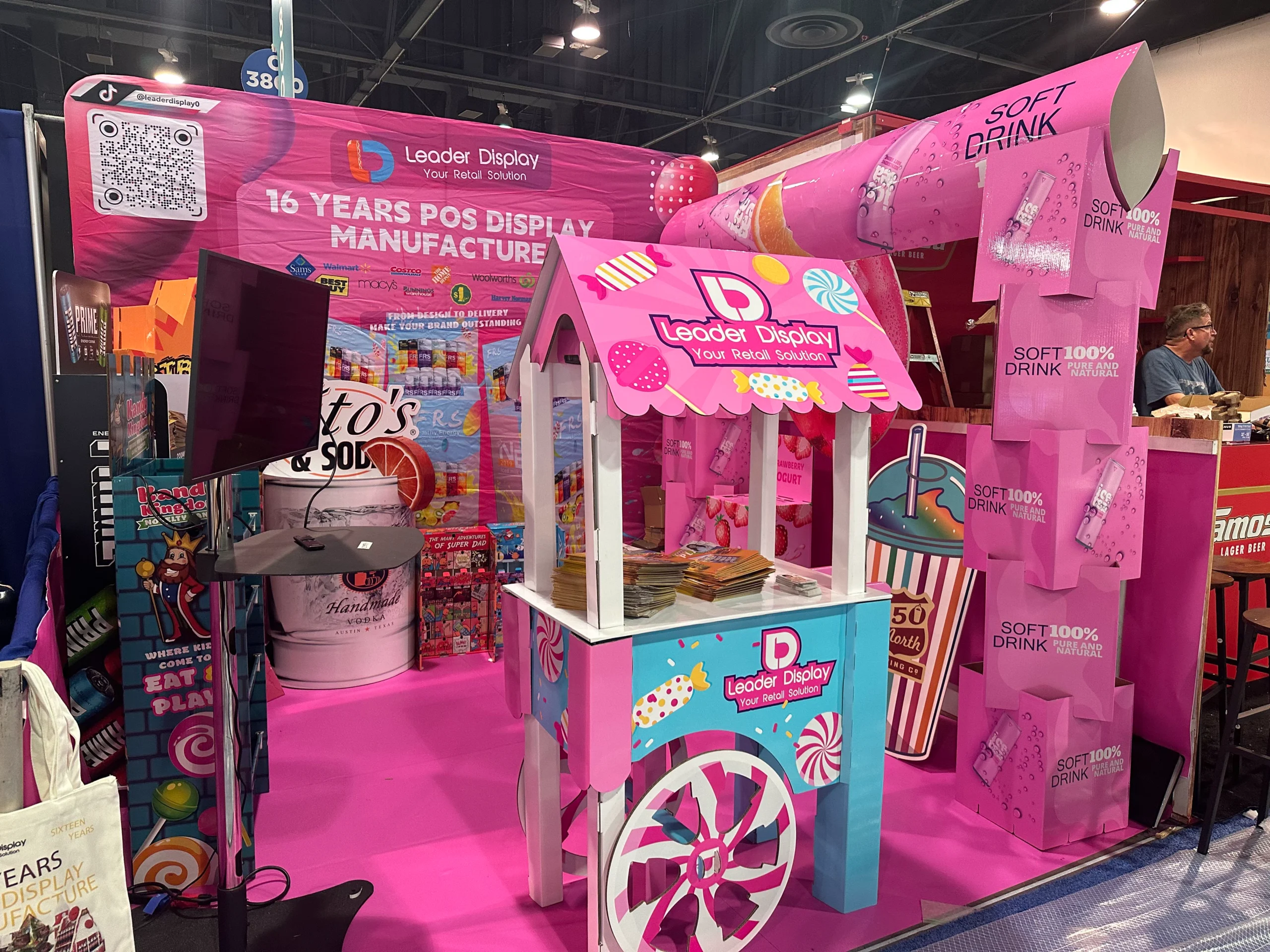
A display is the final and most direct touchpoint you have with a customer before they make a purchase. As designers and brand partners, we have to think beyond just holding products. We are creating a brand ambassador that works 24/7. I remember working with a coffee brand that was getting lost in the coffee aisle. Their packaging was good, but it was just one of many bags on a shelf. We designed a simple, floor-standing display that told their origin story with graphics and held the bags at an angle that made them easy to grab. Their sales in those stores increased by over 40% in three months. It wasn't magic; it was strategic presentation. A good display guides the customer, educates them, and builds trust.
Key Roles of a Product Display
- Attraction: The primary job is to break the shopper's routine and pull them in. This is done with color, shape, and graphics.
- Information: It quickly tells the shopper what the product is, what it does, and why they should buy it.
- Conversion: It makes the product accessible and encourages the final step of putting it into the cart.
| Feature | Poor Display Impact | Great Display Impact |
|---|---|---|
| Brand Perception | Makes brand look cheap or generic | Elevates brand and creates a premium feel |
| Customer Engagement | Ignored by shoppers, low interaction | Draws shoppers in, encourages interaction |
| Sales Velocity | Slow-moving product, requires markdowns | Faster product turnover, increased sales |
What is the purpose of a retail store using point of purchase display4s?
You have a great promotion, but standard shelf placement isn't creating any urgency. Shoppers are not seeing your special offer, and the marketing effort is going to waste.
A point of purchase (POP) display is a retailer's tool to drive impulse buys5 and highlight specific products. It separates an item from the competition, announces a sale or promotion, and converts a shopper's interest into a sale on the spot.
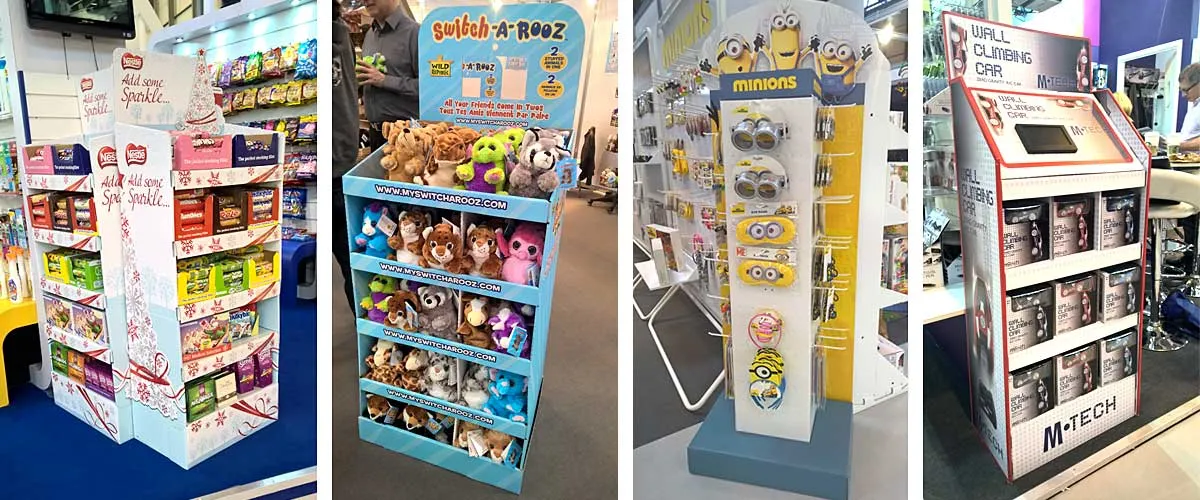
Retailers use POP displays for one main reason: to sell more products, faster. From my experience working with retail partners, they have very specific goals. They want to move seasonal inventory6, push a high-margin item, or support a brand's new product launch. A well-placed POP display, like a counter unit by the checkout or an endcap display, is a proven sales engine. For a product designer like Peter, understanding the retailer's goal is key. I've seen beautifully designed displays get rejected because they didn't fit the retailer's strategic plan. A successful POP display is a collaboration; it must serve the brand's image while also meeting the retailer's practical need to boost sales in a specific category or location within the store.
Strategic Goals of POP Displays
- Driving Impulse Purchases: Placing tempting products in high-traffic areas like checkout lanes.
- Highlighting Promotions: Announcing a "Buy One, Get One" or "20% Off" deal that might be missed on the main shelf.
- Launching New Products: Giving a new item a special stage to introduce it to customers without initial competition.
| POP Display Type | Primary Purpose | Best Location in Store |
|---|---|---|
| Counter Display | Encourage last-minute additions | Checkout counter |
| Floor Display / FSDU | Showcase new or featured products | Main aisles, endcaps |
| Dump Bin | Move high-volume or sale items | High-traffic "racetrack" areas |
How do retailers decide what to include in displays?
You've designed a fantastic display, but the retailer isn't giving it a prime spot. You need to understand their thinking to ensure your product gets the visibility it deserves.
Retailers choose display products based on a mix of sales data, profitability, and marketing plans. They feature high-demand items, new products, seasonal goods, or products tied to a major promotional campaign. It is a business decision.

Having been in countless meetings with retail buyers, I can tell you their decisions are rarely random. It's a calculated process. They are looking at their own sales data to see what products are already moving well. They also consider the profitability of each product; a high-margin item is more likely to get a premium placement. For designers, this means the display has to do more than just look good. It has to present a business case. When we design a display, we often include information on how it can be restocked easily or how it can hold a certain amount of product to last between restocks. These practical details show the retailer that you understand their operational challenges and that your display will help them, not create more work.
The Retailer's Decision Matrix
A retailer's choice is a balance between what customers want and what is good for the business. Here's a simplified look at their thinking.
- Analyzing Sales Data: They look for top-selling items (velocity) and products that bring in the most profit (margin). A product that has both is a prime candidate for a special display.
- Aligning with Marketing Campaigns: Retailers plan their promotions months in advance. If a brand is running a national TV or digital ad campaign, the retailer will support that with in-store displays to capitalize on the buzz.
- Considering Seasonality: Items like sunscreen in the summer or gift sets during the holidays are obvious choices for prominent displays.
| Factor | Description | Why It Matters for Your Display |
|---|---|---|
| Sales Velocity | How fast a product sells. | High-velocity items are proven winners. |
| Profit Margin | How much profit the retailer makes per sale. | High-margin items make the retailer more money. |
| Brand Support | Marketing budget from the brand (co-op). | Shows the brand is invested in the product's success. |
What does a good product stock display help in?
You're worried that your custom display7 might be too complex. It could be difficult to assemble or frustrating for store employees to restock, hurting your brand's reputation with the retailer.
A good display does more than just sell. It helps with logistics. It's easy for staff to assemble, simple to restock, and sturdy enough to look great from the first day to the last. It makes everyone's job easier.
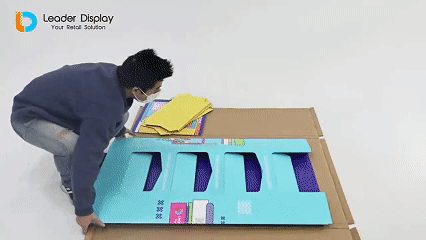
This is where experience really comes into play. I've seen brilliant design concepts fail in the real world because they overlooked the practical side. A few years ago, a client insisted on a very complex design with many small parts. It looked amazing in our design software. But in the store, employees found it confusing to build and a pain to restock. The displays ended up looking messy or were never put up at all. Since then, we've made practical functionality a core part of our design process. A good display must be a win for everyone: the brand, the customer, and the store staff. For a designer like Peter, thinking about the person who has to build and fill the display is just as important as thinking about the customer who buys from it.
The Functional Layers of a Great Display
- Structural Integrity: It must hold the weight of the product and withstand being bumped by carts and shoppers. A flimsy display looks cheap and can be a safety hazard.
- Ease of Assembly: Displays are often assembled by store staff who have many other tasks. It should be intuitive and fast to set up, ideally with no tools. We often use scoring and folding techniques that make assembly almost automatic.
- Shoppability & Restocking: Products should be easy for customers to take. For staff, it should be obvious how to refill the display so it continues to look neat and full.
| Characteristic | Bad Display | Good Display |
|---|---|---|
| Assembly | Confusing, many small parts, takes >10 mins | Simple, intuitive, often pre-assembled, <2 mins |
| Durability | Bends or breaks easily, looks worn out quickly | Strong, stable, and remains professional for weeks |
| Restocking | Difficult to access, products don't fit well | Easy to access, products fit perfectly |
Conclusion
Choosing a custom display7 over a stock fixture is an investment in your brand's identity and sales performance8. It ensures your product stands out, tells its story, and succeeds in retail.
-
Discover the advantages of bespoke displays in differentiating your product from competitors. ↩
-
Understand the relationship between retail settings and display strategies. ↩
-
Find out how effective displays can influence customer decisions without direct interaction. ↩
-
Learn how POP displays can drive impulse purchases and highlight promotions effectively. ↩
-
Discover techniques retailers use to boost impulse buying through strategic display placement. ↩
-
Learn how seasonal products can be effectively showcased to maximize sales. ↩
-
Explore how a custom display can enhance your brand's visibility and sales in a competitive market. ↩ ↩
-
Learn about the key elements that drive sales through effective display design. ↩


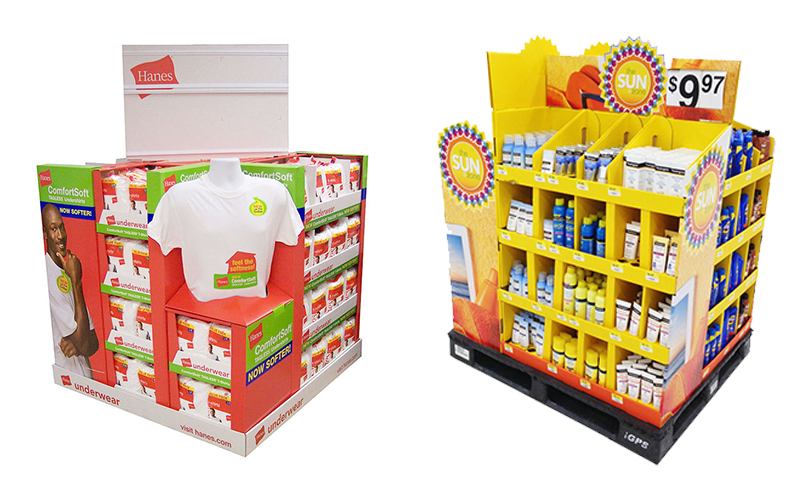
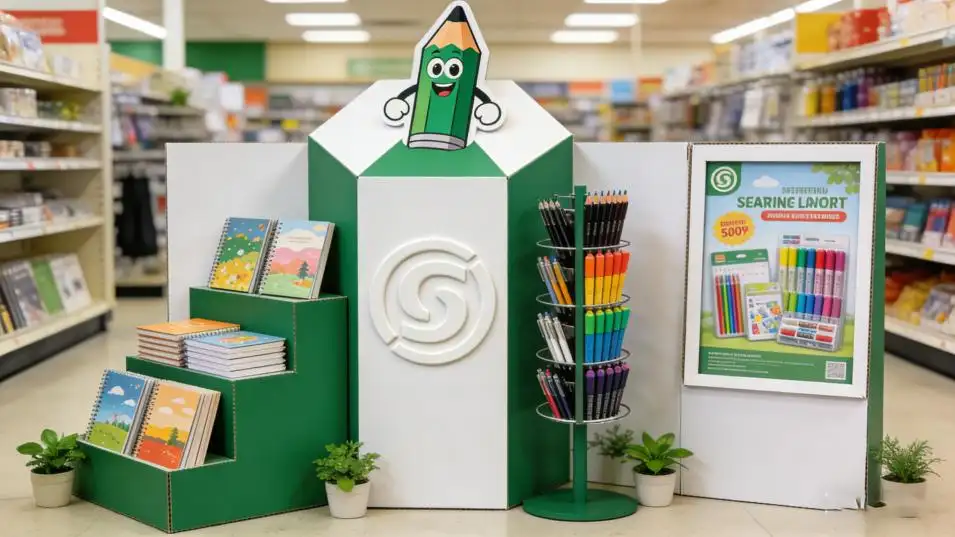

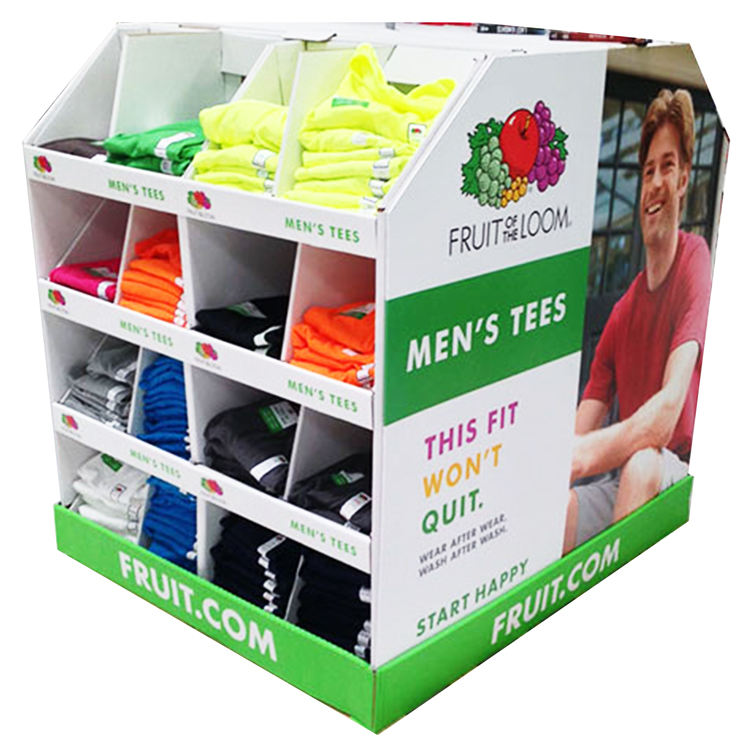
One Response